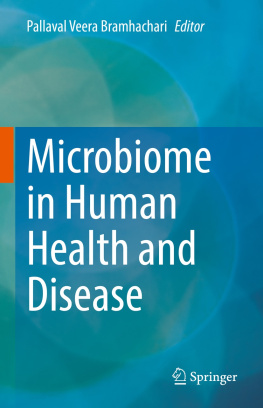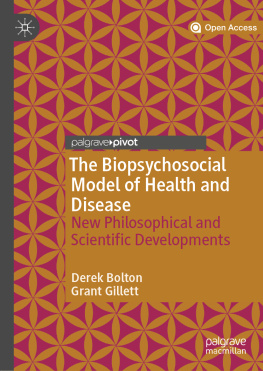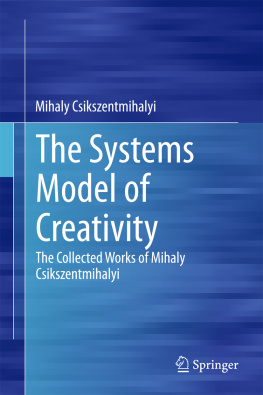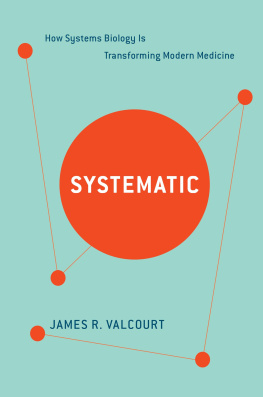Contents
List of Figures
Guide
Pagebreaks of the print version
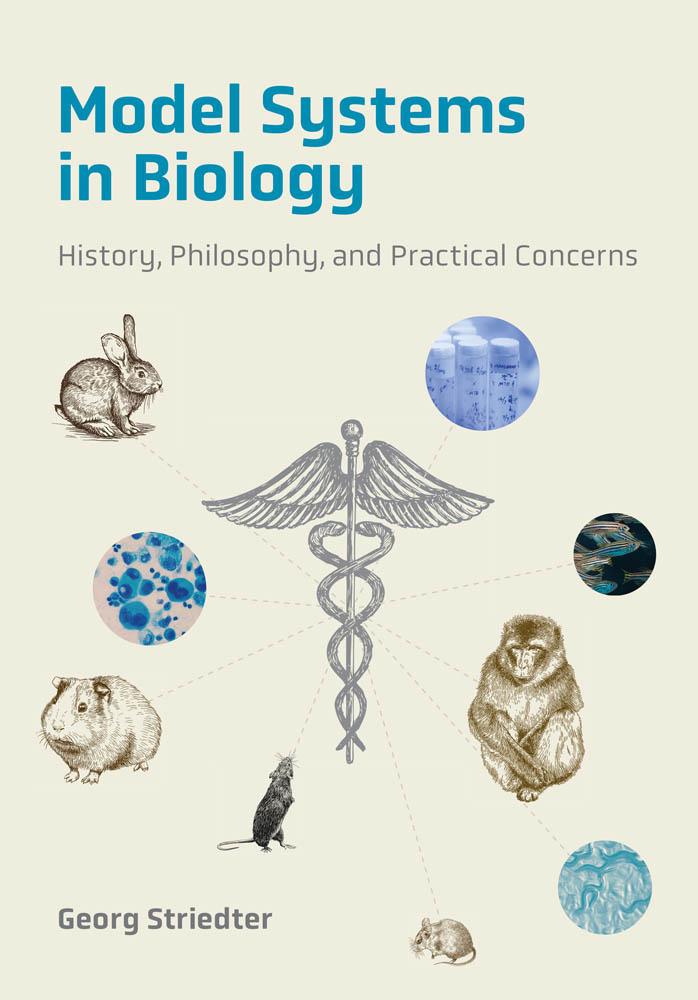
MODELS IN BIOLOGY
History, Philosophy, and Practical Concerns
GEORG F. STRIEDTER
The MIT Press
Cambridge, Massachusetts
London, England
2022 Massachusetts Institute of Technology
This work is subject to a Creative Commons CC-BY-ND-NC license. Subject to such license, all rights are reserved.

The MIT Press would like to thank the anonymous peer reviewers who provided comments on drafts of this book. The generous work of academic experts is essential for establishing the authority and quality of our publications. We acknowledge with gratitude the contributions of these otherwise uncredited readers.
Library of Congress Cataloging-in-Publication Data
Names: Striedter, Georg F., 1962 author.
Title: Model systems in biology : history, philosophy, and practical concerns / Georg Striedter.
Description: Cambridge, Massachusetts : The MIT Press, [2022] | Includes bibliographical references and index.
Identifiers: LCCN 2021033979 | ISBN 9780262046947 (hardcover)
Subjects: LCSH: Animal models in research. | Animal experimentation.
Classification: LCC R853.A53 S77 2022 | DDC 616.02/7dc23
LC record available at https://lccn.loc.gov/2021033979
d_r0
CONTENTS
List of Illustrations
Crises in biomedical research. () Declining research efficiency. The number of new FDA-approved drugs has decreased substantially over the last 60 years, relative to the inflation-adjusted investment in research and development (R&D). () Failures to replicate. The ALS Therapy Development Institute tested nine compounds in amyotrophic lateral sclerosis (ALS) model mice that had previously been reported to be beneficial in mice. The graph shows how they could not replicate the previously published findings. Eight of the illustrated compounds also failed in human clinical trials; only riluzole is approved for ALS. () Publication bias. A comparison between 42 published studies on motor (rotarod) performance in R6/2 mouse models of Huntingtons disease and analogous unpublished studies, performed by PsychoGenics, Inc., shows that the published studies are biased toward more positive results (-axis showsvalues). Adapted from (A) Scannell et al. (2012); (B) Perrin (2014); (C) Brunner et al. (2012).
Variation in the popularity of select model organisms. Peirson et al. (2017) analyzed more than 3 million abstracts in the PubMed database for mentions of the principal National Institutes of Healthdesignated model organisms (spread evenly across 26 disease categories). The three graphs are from the same analysis, but show the data at different scales. Shown here are only data for the top eight of the 13 models in the analysis. Adapted from Peirson et al. (2017).
Mice are cold-stressed at temperatures that humans find comfortable. () Tumors grow faster in cold-stressed mice. Various types of cancer cells injected under the skin of mice (of the same strains used to derive the cancer cells) form tumors that grow faster when the mice are kept at a standard human room temperature (2223C) than when they are maintained at the higher temperatures (3031C) that are thermoneutral (i.e., comfortable) for mice. () This difference in tumor growth rates is not observed in severe combined immunodeficient (SCID) or nude mice, which lack a functional immune system, suggesting that the difference seen in (A) results from an effect of cold stress on the immune systems ability to fight cancer (see chapter 5). Adapted from Kokolus et al. (2013).
Genetic similarity versus phylogeny. () DNA sequence similarity. This histogram depicts the overall similarity of the human genome to that of various other vertebrates, using percent sequence alignment as a measure. By this measure the large animal models are more similar to humans than are rodents. UTR, untranslated region; Repet, repetitive DNA sequences. () Protein divergence. The topology of this dendrogram represents the phylogenetic relationships of various vertebrate species. The degree of protein sequence divergence (based on 243 conserved proteins) is represented by the lengths of the horizontal line segments. The dog proteins are more similar to their human counterparts than the mouse proteins, even though mice are more closely related to humans. Adapted from (A) Thomas et al. (2003); (B) Braasch et al. (2016).
Differential gene expression in Huntingtons disease (HD) patients and animal HD models. () Gene expression data from 61 genes that are up- or down-regulated in the striatum of human patients (versus human controls) and in transgenic rats expressing mutant humanhuntingtin(versus control rats). The data show that 61% of these genes were differentially expressed in opposite directions (i.e., discordantly) in the two species. () HD patients versus HD model rats versus HD model mice. This histogram compares the direction and magnitude of differential expression for 11 genes that are discordant between humans and rats (as shown in A) and also differentially expressed in HD model mice (of the R6/2 line). The mouse data consistently align with the rat data rather than the human data, as one would expect given the close relationship between the two rodent species. Adapted from Yu-Taeger et al. (2017).
Frequency distribution of vertebrates used in research. () Animal inventory in US research institutions. Because the US government does not track the number of rodents and birds in research, Goodman et al. (2015) obtained average daily animal inventory numbers from 21 major US research institutions from 20082012. Mice clearly dominate this data set, which is limited to vertebrates. () Distribution of vertebrate species used for experimental procedures in the United Kingdom in 2018, as reported by the Home Office. The specially protected species include nonhuman primates, dogs, cats, and horses. Based on data in (A) Goodman et al. (2015); (B) Home Office (2019).
Relative distribution of model species featured in journal publications. These graphs indicate the frequency with which several frequently studied species were mentioned in the titles of journal articles (as indexed in the ISI Citation Index), broken down by year of publication. Note the difference in-axis scales. The data were gathered by the author using procedures analogous to those described in Dietrich et al. (2014) but include additional years and species.
Numbers of animals used for research in the United States and the United Kingdom. Shown on the top are the numbers of animals, by species or kind, reported by the US Department of Agriculture as having been used for research between 2001 and 2018. Note that mice, rats, fish, and birds are not counted by the USDA and that pigs and sheep are here lumped with other farm animals. Shown on the bottom are data on equivalent animal numbers reported by the UK Home Office. These data include mice, rats, fish, and birds (which are considered animals in the UK; see chapter 2).
Variation across species in drug clearance and absorption. (




